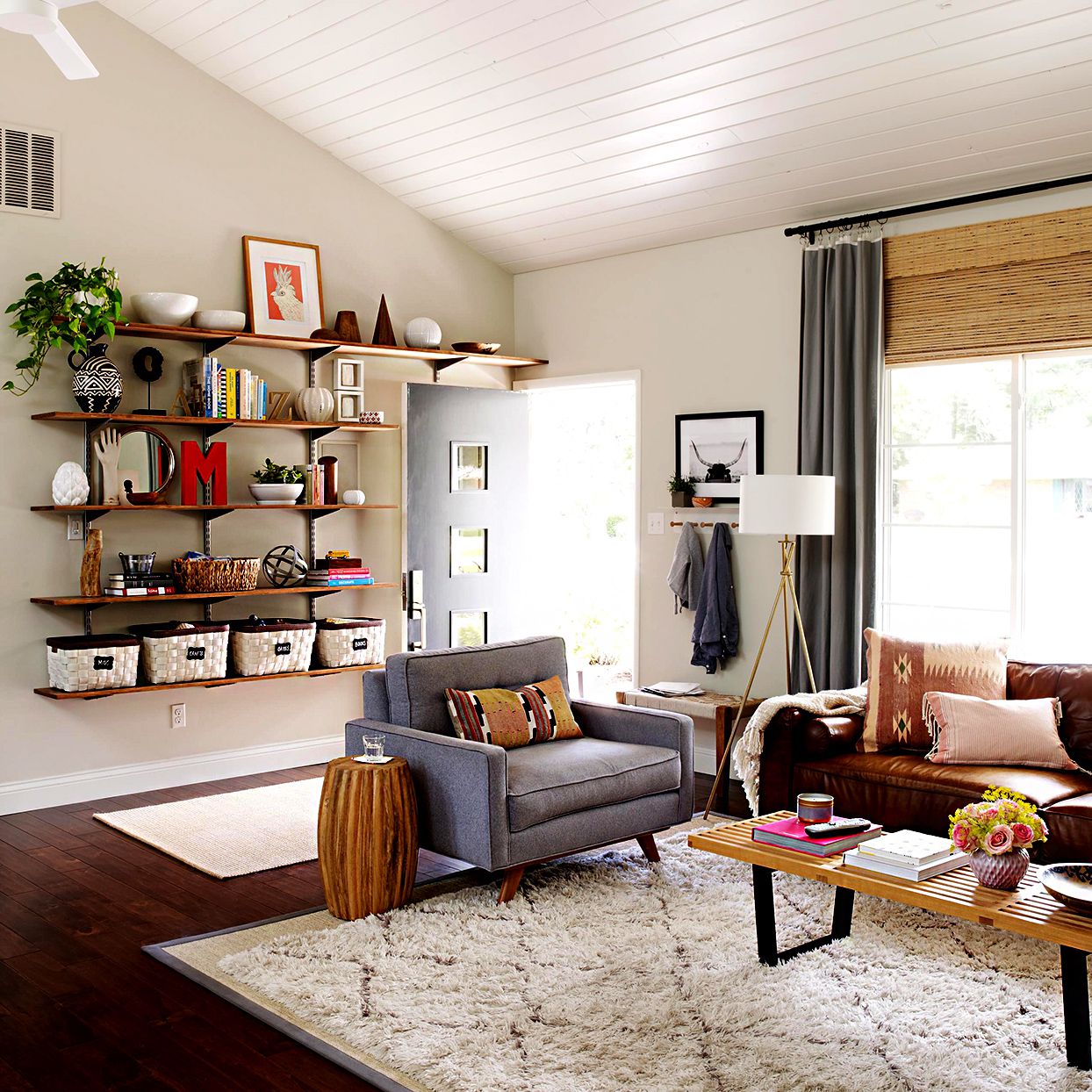Living in a small space can be both a challenge and a blessing. On one hand, it forces you to be creative with your storage solutions and design choices. On the other hand, it teaches you to appreciate the simplicity and functionality of a well-organized and carefully curated living space. As someone who has lived in a cozy apartment for several years, I have learned a thing or two about maximizing small living spaces. In this blog post, I will share some storage and design tips that have helped me create a functional and stylish home.
One of the first lessons I learned in my small space journey was the importance of decluttering. When you have limited room to work with, every item counts. Therefore, it is crucial to regularly evaluate your belongings and let go of anything you no longer need or love. Trust me, it can be a liberating experience! Once you’ve decluttered, you will have a clearer understanding of the items you want to keep and the space you have available for storage.
One of the key storage solutions in small living spaces is utilizing vertical space. Walls are your best friends in tiny homes! Install floating shelves or wall-mounted cabinets to maximize storage without taking up precious floor space. These can be used to store books, decorative items, or even kitchen utensils. I have also found it helpful to use hanging organizers on the back of doors or inside closets. They are perfect for holding shoes, scarves, or other accessories, keeping them easily accessible without cluttering the limited space.
Another challenge in small living spaces is finding furniture that serves multiple purposes. Investing in multifunctional furniture not only saves space but also adds versatility to your home. For example, a sofa bed can transform your living room into a guest bedroom when needed, while a coffee table with built-in storage can hide away magazines, remotes, and other small items. Have a dining area? Opt for a table with drop leaves that can be expanded or collapsed depending on your needs. By choosing furniture that serves more than one purpose, you can maximize the functionality of your space without sacrificing style.

When it comes to design, color plays a crucial role in creating an illusion of space. Light and neutral colors, such as white, beige, or pastels, tend to visually open up a room and make it appear larger than it actually is. However, this doesn’t mean you have to keep everything monochromatic. Add pops of color through accessories like cushions, rugs, or artwork to give your space personality and visual interest.
In addition to color, lighting is another design aspect that can greatly impact the perception of space. A well-lit room feels more open and inviting. Make the most of natural light by keeping your windows unobstructed and utilizing sheer curtains. If natural light is scarce, invest in strategic lighting fixtures like floor and table lamps to create a warm and cozy atmosphere.
As you continue to explore the world of small space living, don’t forget to make use of every nook and cranny. Look for creative storage solutions that maximize awkward spaces, such as under the bed or stairs. Utilize bins, baskets, and drawer dividers to keep your belongings organized and easily accessible. Consider using vertical storage solutions like hooks or magnetic strips in the kitchen to free up counter space and keep utensils within reach.
Finally, don’t be afraid to experiment and make your small space uniquely yours. Embrace your personal style and find ways to incorporate it into your decor. Adding personal touches such as artwork, photographs, or plants will make your space feel more inviting and reflective of your personality. After all, your home should be a sanctuary, regardless of its size.
Living in a small space may require some creative thinking and intentional design choices, but it can also be incredibly rewarding. By decluttering, utilizing vertical space, choosing multifunctional furniture, incorporating light colors, optimizing lighting, and being resourceful with storage solutions, you can transform your limited space into a functional and stylish home. Remember, it’s not the size that matters, but how you make the most of it that truly counts.


